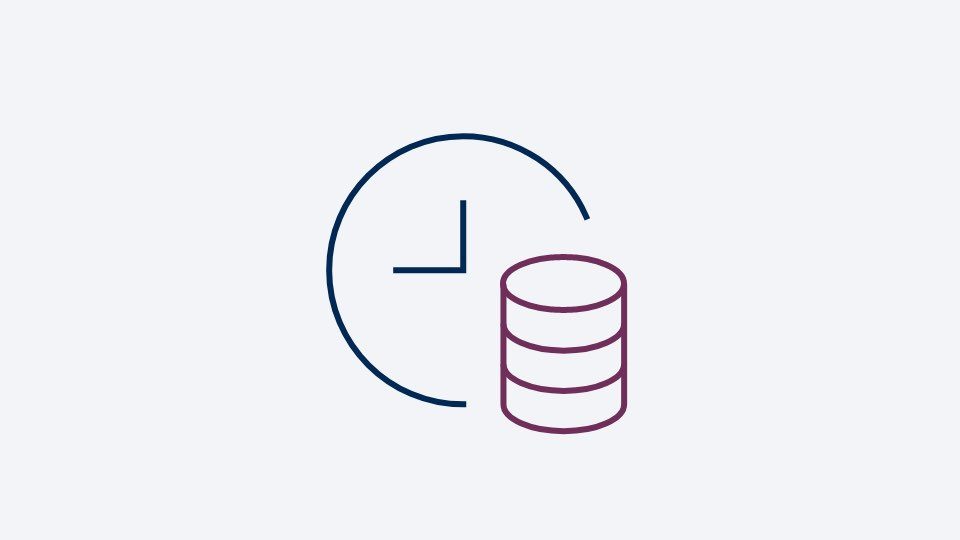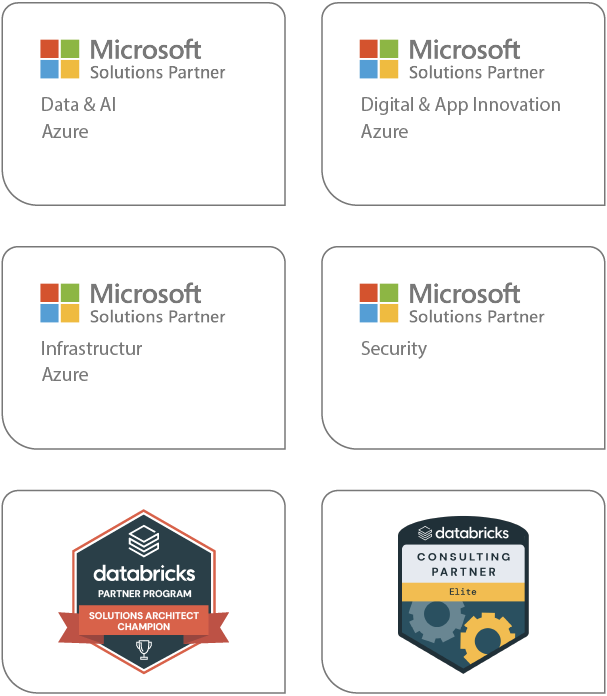At a glance
- Financial reporting is automated through the use of Power BI
- Even inexperienced users can work with data and create new value for the business
- Collaboration platform enables company-wide dissemination of insights gained
The business situation of our client
Being “online” is no longer a competitive advantage. Shopping portals are also facing ever-increasing competitive pressure, which demands ongoing optimisation and quick decisions based on data. This was also evident at a well-known German supplier of branded goods. Until the time of our cooperation, the company’s financial reporting was exclusively created manually and sent by email. Likewise, there were no adequate tools for ad-hoc analyses of acute business issues. Finally, due to a massive backlog of requirements in the company’s own Data Warehouse, many important key figures were not available. Thus, there was an urgent need for a modern solution that would enable the finance department to use the existing data efficiently and flexibly.
The solution for our client
With the help of Power BI – Microsoft’s leading self-service service in the Azure cloud – we were able to quickly set up our own analysis solution for the department. For this, the data from the various sources was imported and merged into an updatable data model that depicts all relevant financial ratios for managing the company. Based on this, standard reports and dashboards can be provided automatically. Power BI also offers business users a wide range of options for carrying out ad-hoc analyses according to their own ideas. Alternatively, the more familiar Microsoft Excel is also available as a tool. In addition, we have established a company-wide collaboration platform in the cloud via the Power BI portal, which also gives other groups of people and areas in the company access to the department’s analysis results.
How data turns into new values
Thanks to the simple data model and the self-service tools used, even inexperienced users can work independently with data to create meaningful reports, dashboards and ad-hoc analyses. Last but not least, the complementary use of Excel ensures high user acceptance. Due to the free access via the collaboration platform, other company departments also benefit from the insights gained. Management and specialist departments can even access all important information on a mobile basis at any time. In addition, key figures can be realised or expanded much faster, so that the reporting of the finance department forms a much more valid basis for decision-making.
However, such isolated analysis solutions only give companies short-term breathing space in the digital race. In the medium to long term, these so-called data silos lead to a proliferation of reports and the loss of uniform key figures. The next step is to expand the existing DWH into a digital platform in the cloud that unites all company divisions and their data. Power BI not only offers the best prerequisites for this approach. The service is harmoniously integrated into the diverse eco-system of Azure Cloud Services. Accordingly, it can be expanded as needed into a modern DWH that serves every conceivable scenario of contemporary data evaluation, from forecast scenarios to digital products.
turn your data into value.








